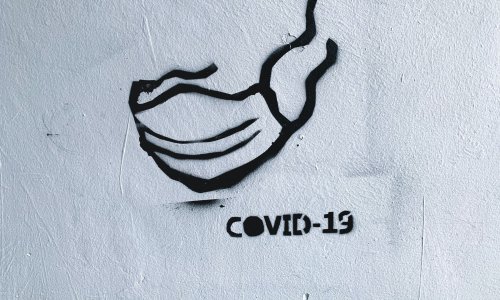No more machines!
Prolonged weaning by a specialist team helps to reduce long-term ventilator dependence
For many ICU patients, entering the Kloster Grafschaft, in Schmallenberg, Germany, a hospital specialised in pneumology and allergology, is a last resort. On average, they have been in an ICU for seven weeks and have failed three attempts to be weaned from the ventilator. They have been deemed ‘unweanable’.

However, Director of Pneumology, Professor Dieter Köhler and team help more than two thirds of the 200 ‘unweanables’ who arrive at the hospital annually to breathe without mechanical support – all within ten days – and they can even return to a home environment. This significant success has resulted in an increasing adoption of the team’s special approach by other hospitals.
‘Our prolonged weaning concept is based on the specific pathophysiology of overstrained breathing muscles. It is precisely this chronic strain put on the muscles that makes a patient dependent on the ventilator. The patient’s muscles are either too weak to begin with – which is often the case with COPD patients, or the muscles degenerated due to the long ICU stay,’ Professor Köhler explained. Since the 1990s the Schmallenberg experts have been applying a special mix of therapeutic measures that temporarily relieves the muscles and then trains them to allow the patient to breathe without mechanical support.
‘Most importantly, we try to avoid assisted breathing and rather use a technique that simulates the patient’s individual breathing pattern. As soon as the brain understands that, then breathing can be temporarily suspended, which allows the muscle to recuperate. Another important factor is the way the patient is being bedded. In half-sitting position the muscles do not have to carry their own weight and are less strained,’ he pointed out. However, he believes the crucial issue is the significant reduction of secretion. His patients therefore undergo bronchoscopy almost every day and receive supplementary inhalation therapy in addition to antibiotics. To remove infected secretion from the periphery, the patients must cough up the secretion, which they can only do if the tube access is closed. The Schmallenberg physicians thus developed a special device that closes the access but also prevents it from shrinking. This also allows an early transition to mask ventilation. This comprehensive weaning approach is supported by specialised physiotherapists, integrated into the procedure from day one.
An impressive outcome
About two thirds of patients are entirely weaned from mechanical ventilation while 20% are discharged for home ventilation. Life expectancy of the weaned patients – most are multimorbid – is also remarkably high at 3.5 years and approximately 1.5 years for COPD patients. ‘But, as in any hospital, death cannot be banned,’ Prof. Köhler reminded us. ‘About 15% of our patients do not respond to the therapy. If this happens, it’s our task to allow the patients to die in dignity. Terminal weaning, the termination of ventilation, is an issue that many ICUs do not dare to address.’
Care of a ventilated patient can cost up to €15,000 per month. Thus health insurers took a closer look at Prof. Köhler’s weaning system. Convinced of its efficacy, they now cover all the costs. However, as the professor pointed out, not every weaning process is created equal. There are significant differences in quality: ‘Therapies that continue for weeks cannot be called weaning because within days it’s clear whether a patient can be weaned or not. We therefore introduced a quality label in Germany.’ WeanNet is an association of certified weaning centres, which was founded to improve cooperation among weaning centres and to assure quality. A weaning register and certification of the centres are important tools. ‘In view of the fact that the number of ventilated patients is increasing, quality assurance is crucial in order to avoid useless therapies and unnecessary costs.’
03.11.2010






